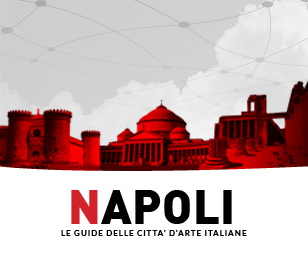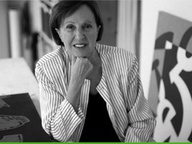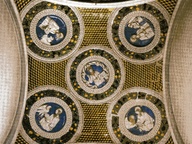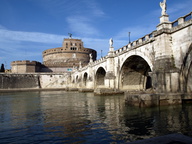Dynamism of a Speeding Horse + Houses
Dorsoduro
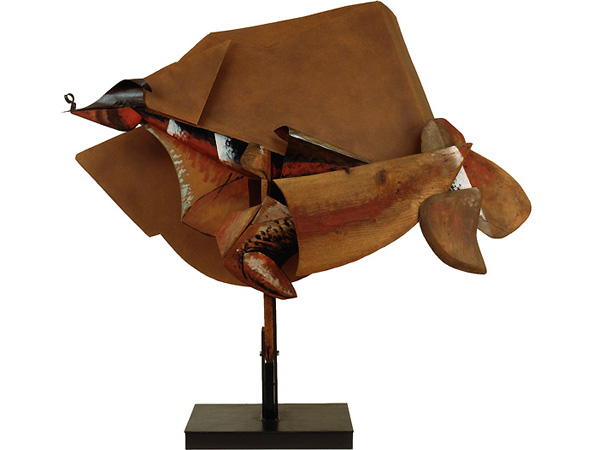
- Artist: Umberto Boccioni
- Location: Dynamism of a Speeding Horse + Houses
- Date: 1915
Umberto Boccioni turned to sculpture in 1912 after publishing his manifesto on the subject on April 11 of that year. The Futurist aesthetic platform as articulated in this document advocates the use of various materials in a single work, the rejection of closed form, and the suggestion of the interpenetration of form and the environment through the device of intersecting planes. Here Boccioni assembled wood, cardboard, and metal, with painted areas showing a Futurist handling of planes influenced by the Cubism of Pablo Picasso and Georges Braque.
Boccioni, like Raymond Duchamp-Villon, made studies of horses from nature before developing the motif into a nonspecific symbol of the modern age. Here he used the horse to demonstrate his observation that the nature of vision produces the illusion of a fusing of forms: when the distance between a galloping horse and a stationary house is visually imperceptible, horse and house appear to merge into a single changing form. Sculptures such as the present example are concerned with the apparent compression of space as an object traverses it, and with the nature of the object’s redefinition by that space.
Boccioni, like Raymond Duchamp-Villon, made studies of horses from nature before developing the motif into a nonspecific symbol of the modern age. Here he used the horse to demonstrate his observation that the nature of vision produces the illusion of a fusing of forms: when the distance between a galloping horse and a stationary house is visually imperceptible, horse and house appear to merge into a single changing form. Sculptures such as the present example are concerned with the apparent compression of space as an object traverses it, and with the nature of the object’s redefinition by that space.


